Welcome to the lush world of indoor gardening, where each drop of water you give your plants can bring a cascade of vibrant life into your home. Whether you’re just starting your journey as a plant parent or you’ve already cultivated a thriving indoor jungle, understanding how to water your plants properly is the cornerstone of success.
In this guide, we unveil a curated list of indoor plants that, when nurtured with the right watering techniques, promise to flourish beautifully. You’ll discover practical tips that not only cater to the needs of your green companions but also simplify your routine, letting you enjoy the rewards of healthy, thriving plants. With each page, you’ll gain the confidence to transform your space into a verdant haven, knowing exactly when and how much to water your leafy friends. Let’s dive in and revel in the joy and rewards of successful gardening together!
Determine Optimal Watering Schedule
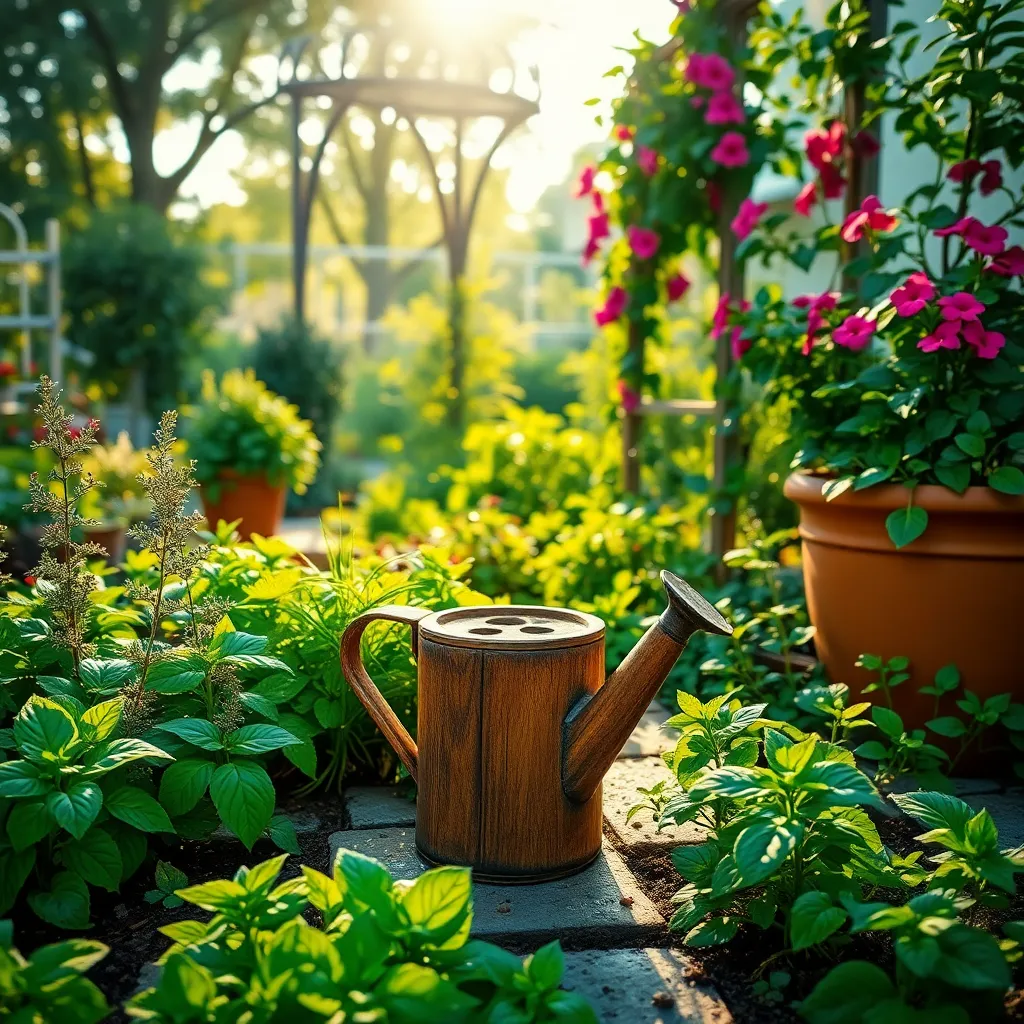
Understanding your plant’s natural habitat is crucial to determining its watering needs. Most plants thrive best when their watering schedule mimics the conditions of their native environment, such as dry spells or consistent moisture.
For beginners, start by checking the soil moisture with your finger or a moisture meter. If the top inch of soil feels dry, it’s time to water, ensuring you soak the soil thoroughly to promote deep root growth.
Advanced gardeners might consider the type of soil their plants are in, as different soils retain moisture differently. Sandy soils drain quickly and may require more frequent watering, while clay soils hold moisture longer and need less frequent watering.
Make a habit of observing your plants regularly to adjust your watering schedule as needed. Factors such as seasonal changes, plant maturity, and humidity levels can significantly affect how often your plants need water.
To optimize watering, group plants with similar water needs together. This ensures that plants receive the right amount of water without overwatering or underwatering any specific type.
Use Room-Temperature Water
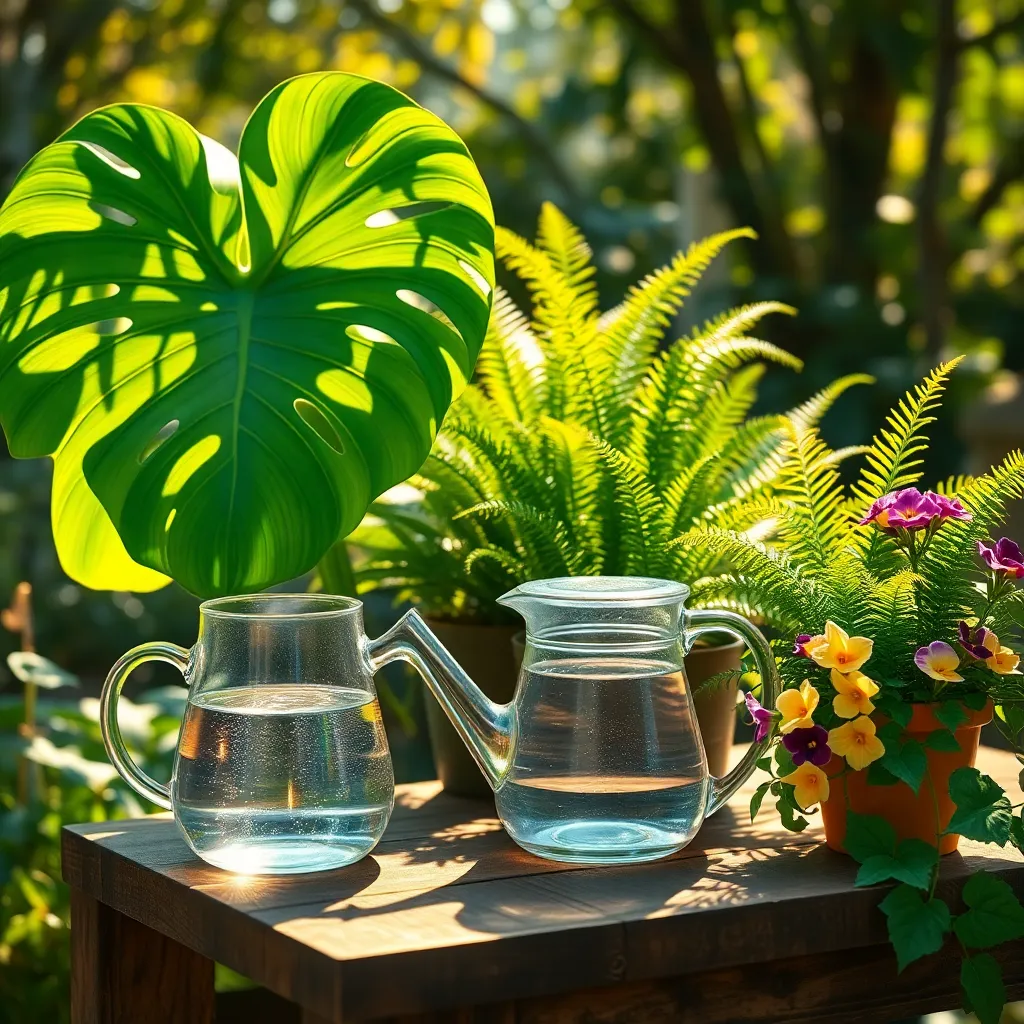
When watering your plants, it’s important to use room-temperature water to ensure they remain healthy and stress-free. Cold water can shock the roots, while hot water may damage them, both of which could hinder plant growth.
For those new to gardening, a simple way to achieve room-temperature water is by filling your watering can and letting it sit indoors for a few hours before use. This allows the water to naturally reach the ambient temperature of your home, making it ideal for your plants.
Experienced gardeners might consider using a thermometer to check water temperature, especially when dealing with sensitive plants. Aim for a temperature between 65°F and 75°F (18°C to 24°C), which is generally comfortable for most houseplants and garden plants alike.
In addition to temperature, pay attention to the water source. Tap water often contains chlorine, which can be harmful to certain plants over time; allowing it to sit not only brings it to room temperature but also lets chlorine dissipate. Alternatively, using collected rainwater or distilled water can provide a more plant-friendly option, ensuring your plants thrive with every watering.
Water Early in the Morning
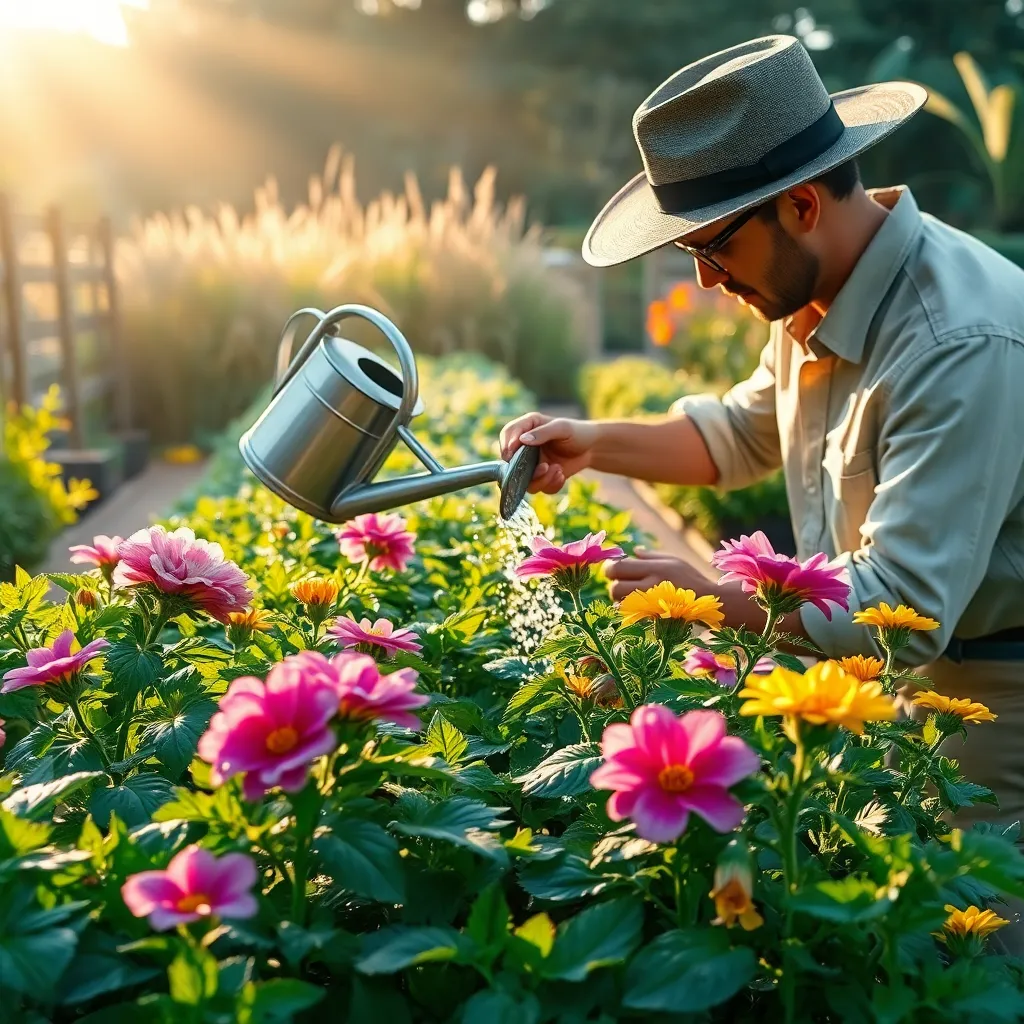
Watering your plants early in the morning is crucial for their health and growth. This practice allows water to soak into the soil before the sun’s heat can cause excessive evaporation, ensuring your plants stay hydrated longer.
Morning watering is especially beneficial for preventing fungal diseases. Moisture left on leaves from evening watering can encourage mold and mildew growth, while morning watering gives leaves time to dry in the sun.
Beginner gardeners will find that setting a regular morning routine makes plant care less overwhelming. Using a soaker hose or drip irrigation system can help deliver water directly to the roots, minimizing waste and maximizing effectiveness.
For more experienced gardeners, timing your watering to coincide with the plant’s natural growth cycle can yield impressive results. Observe your plants and adjust your schedule as necessary; some plants may benefit from extra moisture during peak growth phases.
Check Soil Moisture Regularly
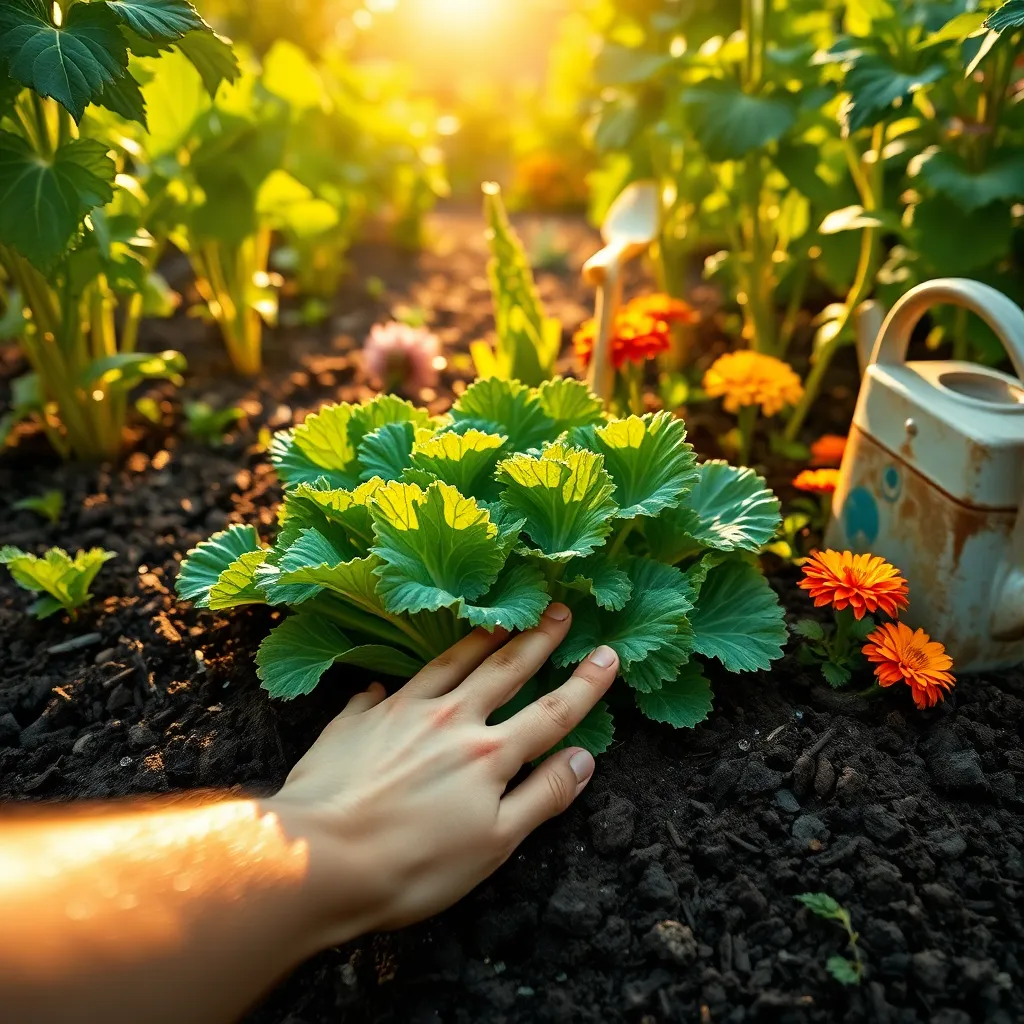
Checking soil moisture regularly is essential for maintaining healthy plants. It’s crucial to understand that different plants have varied water needs, so getting familiar with your specific plants’ preferences is important.
To gauge soil moisture, insert your finger about an inch deep into the soil; if it feels dry, it’s time to water. For a more precise method, consider using a moisture meter which provides a quick and accurate reading of soil moisture levels.
Clay soils retain moisture longer, so they may require less frequent watering compared to sandy soils that drain quickly. Adjust your watering schedule based on the type of soil in your garden to cater to these differences effectively.
For those looking to optimize their watering routine, observe how quickly your soil dries out after watering. Making notes of these observations can help you create a tailored watering schedule that prevents both overwatering and underwatering.
Avoid Wetting Plant Leaves
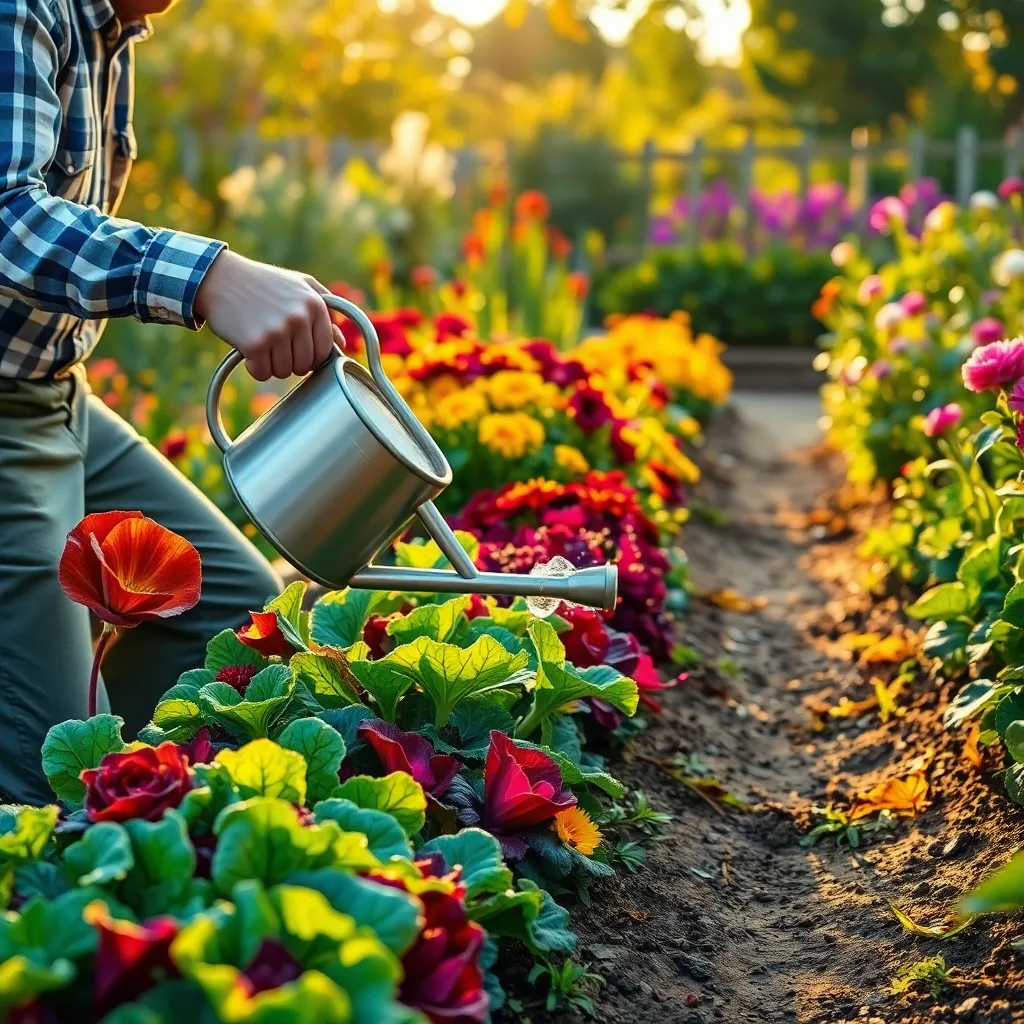
When watering your plants, it’s best to avoid wetting the leaves, as this can lead to fungal diseases. Fungi thrive in damp conditions, and wet leaves can become a breeding ground for issues like powdery mildew or black spot.
Instead, aim to water the soil directly at the base of the plant. This ensures that the roots receive the necessary moisture without exposing the foliage to unnecessary water, which is especially important for plants such as tomatoes and roses.
For those using a sprinkler system, consider watering early in the morning. This allows any water that does hit the leaves to dry out quickly as the day warms up, reducing the risk of disease.
Advanced gardeners might invest in drip irrigation systems. These systems deliver water directly to the soil surface, effectively keeping the leaves dry and ensuring consistent soil moisture levels, which is ideal for a wide variety of plants.
Conclusion: Growing Success with These Plants
As we conclude our exploration of nurturing relationships through the metaphor of watering plants, let’s revisit the five key concepts that can help your relationship flourish. First, prioritize consistent communication as the sunlight that fuels your connection. Second, understand your partner’s needs, just as you would learn the specific water requirements of different plants. Third, practice patience; relationships, like gardens, need time to grow. Fourth, recognize the importance of a supportive environment, ensuring your relationship has space to thrive. Lastly, appreciate the power of small gestures, akin to the gentle care that encourages a plant to blossom.
To put these insights into practice, choose one concept to focus on today—whether it’s a heartfelt conversation or a simple act of kindness—and witness its impact on your relationship.
Remember, nurturing relationships is an ongoing journey, so bookmark this article as your go-to guide for sustained growth and inspiration. By investing in these principles, you’re planting seeds for a harmonious and resilient partnership. Here’s to your relationship’s continued success and the beautiful garden it can become with care and dedication. Save this article for the future, and let it be a beacon of guidance whenever you need it.


